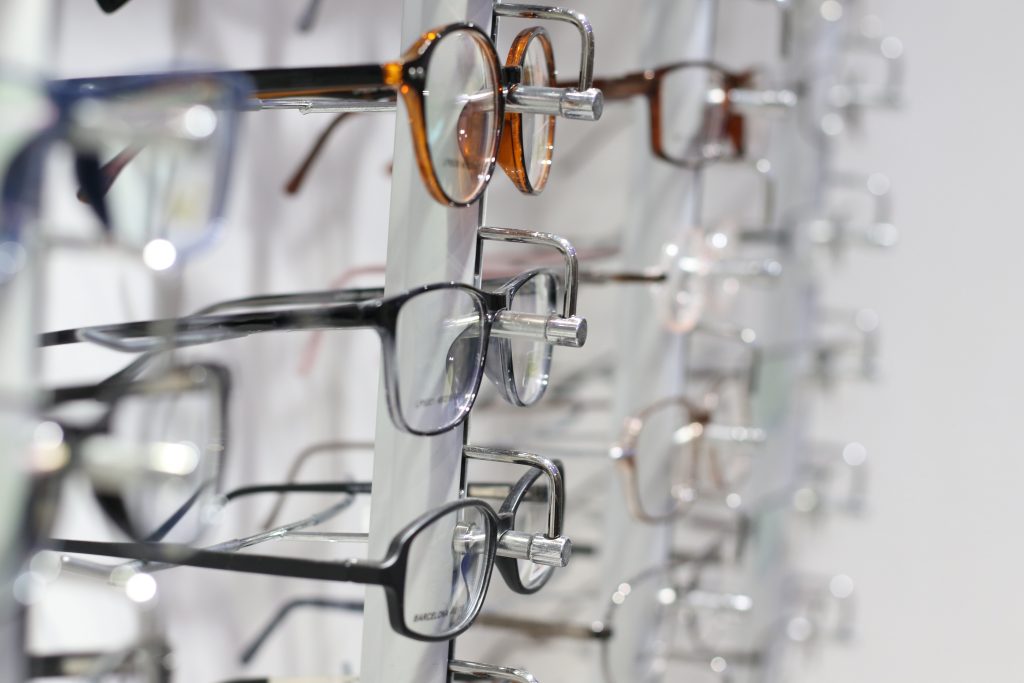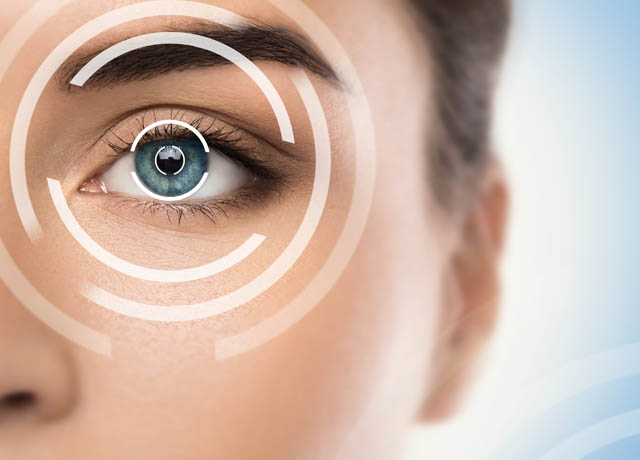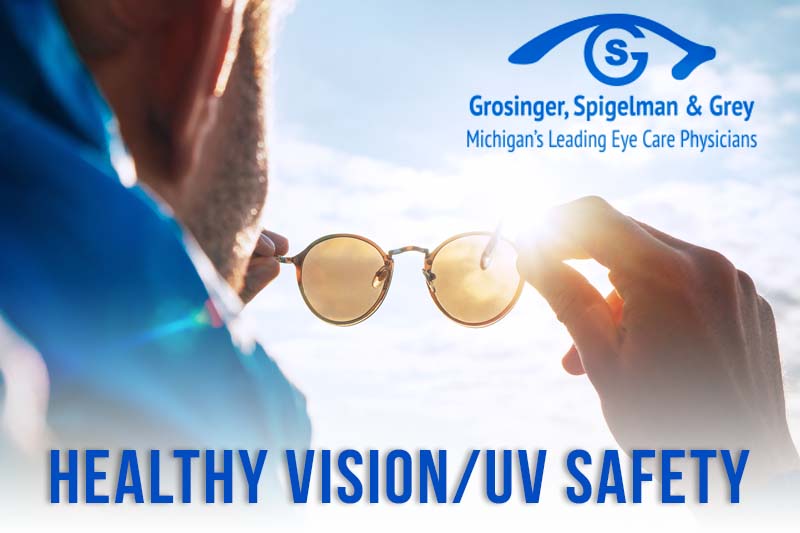LASIK Eye Surgery
Witness the beauty of Michigan Summers with our LASIK eye surgery. LASIK can eliminate your need for contacts or glasses and helps you to see the world and all of its beauty. LASIK may be a good option for you if you experience blurry vision, nearsightedness, or farsightedness. If you are a lifelong wearer of contacts or glasses and are seeking a different opportunity, LASIK might be the answer you are looking for. The surgery is relatively quick and extremely common. After the surgery, patients may need to rest their eyes and apply eye drops to achieve the best results.
Our doctors and surgeons are skilled in LASIK surgery and have years of experience to ensure you are in the best hands. We use the most advanced technology and procedures, and our doctors are leaders in their field. Don’t miss out on the beautiful fall colors – take our LASIK Self Test to see if surgery is the right option for you.
Vision Health Awareness
Most people are aware that they need to take care of their physical health, mental health, and even dental health, but what sometimes goes unnoticed is vision health.
Taking care of your eyes is just as important as taking care of the rest of you. Just like your skin, your eyes must be protected from UV rays. Always wear a hat and sunglasses with UV protection when outdoors.
Several eye diseases go unnoticed until they have progressed. Some of these eye diseases can be caused by other health troubles such as diabetes or high blood pressure.
Getting an annual eye exam from your ophthalmologist is the only way to keep up with your vision health and make sure you catch any diseases before they cause partial or total blindness.
During an eye exam, your doctor will test your eye alignment, visual sharpness, your depth perception, and eye movement. They will then dilate your eyes so they can look into them and get a better idea if any other eye diseases are looming.
Once the exam is complete, they will make recommendations on how to treat any abnormalities they find and provide education on preventing further degradation.
There are a few populations who are especially at risk for various eye diseases. As stated before, people with diabetes can have increased trouble with their eyes. Additionally, some people are at additional risk for glaucoma, specifically Mexican Americans 60 or older, African Americans 40 or older, and the general population 60 or older.
If you are ready to take charge of your vision health, contact Grosinger, Spigelman, and Grey, Michigan’s leading eye care physicians, today!
Eye Exercises

If your eyes are feeling fatigued, there are eye exercises that you can do at home to help improve your vision.
Perform these eye exercises to improve your vision
Palming: Perform this exercise when your eyes need relaxing. This can help reduce eye strain and stress. To do this, cover your eyes with your palms for about 3 minutes, do not apply too much pressure.
Zooming: This exercise can improve your focusing ability. First, stick out your thumb like you are hitchhiking. Slowly move your thumb closer to your face until it is 2 inches away, then stretch your arm back out while maintaining focus on the thumb. Do this exercise for 4 minutes.
Change of focus: This exercise can strengthen your eye muscles by changing focus. Place your thumb 10 inches away from your face and focus on it for 5 seconds, then quickly change your focus to something 20 feet or more away for 5 seconds, and then switch back to your thumb. Do this exercise for 2 minutes.
Infinity Circle: This exercise can improve your eye strength and flexibility. Focus on a wall 10 feet away and imagine an infinity sign or sideways 8. Trace the infinity sign for two minutes, and then trace it in reverse for two minutes.
Blinking: Blinking moistens your eyes which can help you focus longer. For 2 minutes, blink every four seconds. Do this exercise after looking at digital screens for long periods of time.
If you notice any changes in your eyes or vision, don’t wait until your next regular check-up, contact Grosinger, Spigelman & Grey for an ophthalmic appointment today.
Save Your Vision

Keeping your body and eyes healthy can help save your vision as you age. Vision gradually decreases as we grow older, and conditions such as presbyopia may arise. The hardening of the lens causes presbyopia as a part of the natural aging process. The lens becomes less flexible, making it difficult to focus on things near and far. If you want to keep your eyes and vision healthy, here are some tips to follow. [Read more…] about Save Your Vision
COVID-19 and Pink Eye

Some research indicates that in 1%-3% of COVID-19 cases, the infected person developed a case of Conjunctiva (Pink Eye). Practicing physical distancing, wearing masks, and washing hands is currently the best way to reduce your chances of catching COVID-19.
Diabetic Eye Disease Awareness
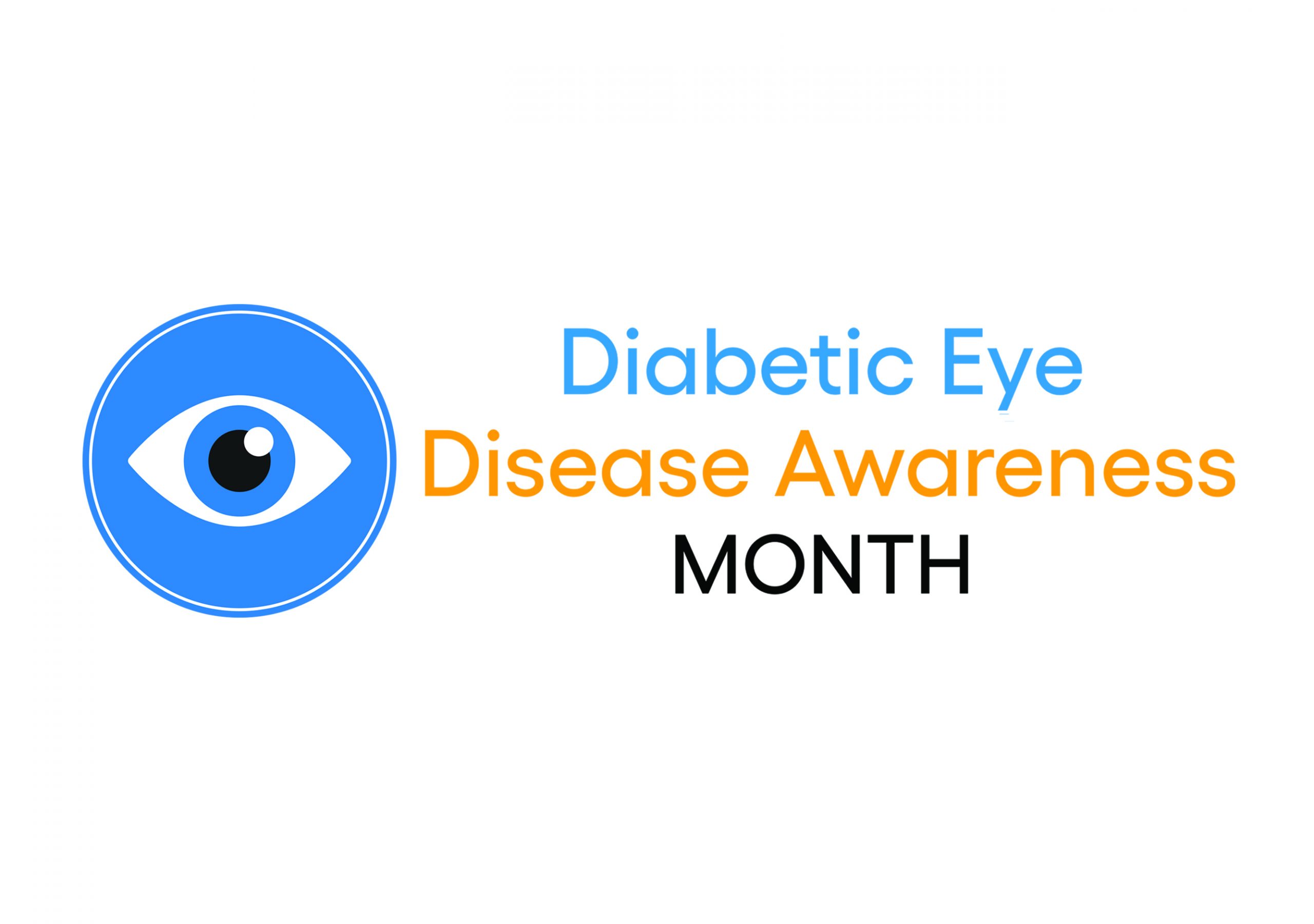 Diabetes can cause problems with your eyes. Glaucoma, diabetic retinopathy, diabetic macular edema, and cataracts are common conditions that affect many diabetics. It is important to manage your diabetes and maintain regular eye exams with an ophthalmologist in order to protect your vision.
Diabetes can cause problems with your eyes. Glaucoma, diabetic retinopathy, diabetic macular edema, and cataracts are common conditions that affect many diabetics. It is important to manage your diabetes and maintain regular eye exams with an ophthalmologist in order to protect your vision.
If you smoke, it is very important that you stop as soon as possible. You also need to manage your glucose, blood pressure, and cholesterol. Your general practitioner can help you with your diabetic maintenance. It is important that you take your health seriously.
Diabetic eye disease rarely shows symptoms before the problem has become severe. This is why regular exams by an ophthalmologist are so important. Problems need to be caught early. You will need a dilated eye exam at least once a year. Dilation allows the doctor to check the blood vessels in your eyes. This is where diabetic eye disease begins.
A third of people with diabetes will develop diabetic retinopathy. Your chances of having glaucoma or cataracts are doubled if you are diabetic. African Americans, Pacific Islanders, Hispanics, and American Indians have particularly high rates of diabetic eye disease. Older adults and pregnant women are also high-risk populations.
If you have diabetes or are experiencing any vision disturbances, you need to schedule an eye exam right away. Even if you have no symptoms, you should schedule an exam if you haven’t been seen in the last six months. While there are treatments for diabetic eye disease, they rely on the condition being caught early. Once you are experiencing symptoms, the damage may already be permanent. Contact Grosinger, Spigelman & Grey in Bloomfield Hills for an appointment today.
World Stroke Day

Even though strokes usually affect one side of the brain, both eyes can be affected since the nerves from each eye travel together in the brain. If the left side of your brain is damaged, the right side vision in each eye can be affected and vice versa.
Thank You for Sharing Your Experience
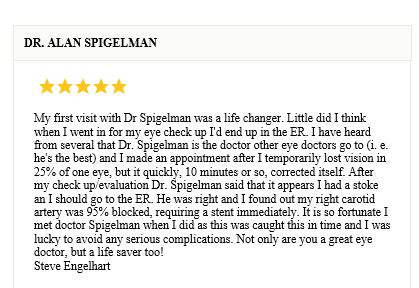
We so appreciate when our patients take the time to share their experience with us regarding our doctors and our practice. We work diligently by continually training on the newest techniques, using state-of-the-art technology, and providing each individual patient the best treatment plan and outcome. We are proud to be Michigan’s Leading Eye Care Physicians. If you are looking for an outstanding experience with an ophthalmologist, please contact our office in Bloomfield Hills, Michigan for an appointment.
Hope in Sight
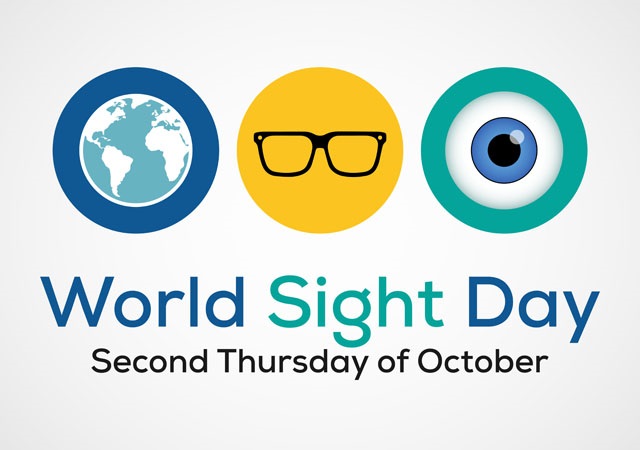
October 8th is World Sight Day. We dedicate this day to raising awareness about blindness and vision impairment. The goal is to encourage people to get regular eye exams and to encourage governments to include vision coverage in universal health plans. The day was created by The International Agency for the Prevention of Blindness. The theme for 2020 is “Hope in Sight”.
Last year there were over 200 events across the world. Organizations in 48 countries hosted a range of activities. The World Health Organization released a report called the “World Report On Vision”, which compiled health data from around the globe to give updated figures on blindness and vision loss. These events laid a strong foundation for the 2020 World Sight Day to build on.
According to the WHO, an aging world population and an increase in myopia will cause an increase in blindness and vision impairment. Many of these conditions can be treated if they are caught before vision loss occurs. However, vision loss is usually not reversible once it has begun. This is why it is so important to encourage your loved ones and friends to get an eye exam. Contact Grosinger, Spigelman & Grey in Bloomfield Hills, Michigan to schedule an appointment today.

